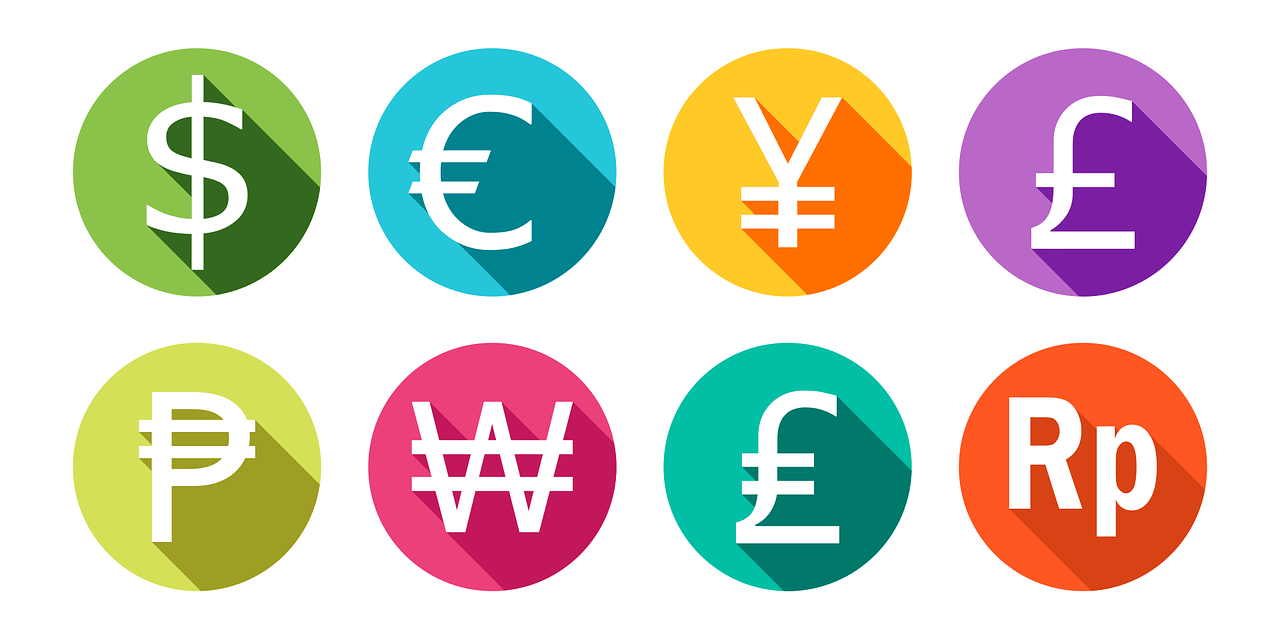The first thing any forex investor should do is choose a currency pair in which to invest and it is clear that the euro-dollar is not the same as the euro dollar. To get started, we need to be clear about what a currency pair is and how it is formed, as simple as buying one currency and selling another completely at the same time. Knowing this, the next step is to understand that pairs are presented in a clear way. For example, EUR / USD, USD / GBP, JPY / EUR, etc.
If we see a pair, such as USD/EUR 0.800, the indication that this unit of the original currency from the left, in the example of the US dollar, is equal to the amount we get in the currency on the right, that is, the US dollar buys 0.800 units per euro. Translated into simple language, that for one dollar we can buy 0.8 euros. This applies to any pair we come across. It is easy to understand and use.
In contrast, in EUR / USD, the opposite pair, it is estimated how many dollars can be bought for one euro.
What are big currency pairs?
The counter currency is the one from the right. The amount on the right side is the level of exchange. For example, if we have a pair of EUR / JPY 120, the base currency will be the euro. The counter currency will be in line with the Japanese Yen. The exchange rate will mean one euro equal to 120 Japanese yen.
Pairs that are traded the most, and therefore offer the greatest trading opportunities due to the availability of ample liquidity are:
US Dollar / Swiss Franc (USD / CHF)
Australian Dollar / US Dollar (AUD / USD)
US Dollar / Canadian Dollar (USD / CAD)
US Dollar / Japanese Yen (USD / JPY)
Euro / US Dollar (EUR / USD)
British Pound / US Dollar (GBP / USD)
While it is true that there are many currencies around the world, it should be borne in mind that about 85% of daily transactions are made in US Dollars, Euros, British Pounds, Swiss Francs, Canadian Dollars, Japanese Yen, and the Australian Dollar. This financial group is known as big money pairs or majors.

